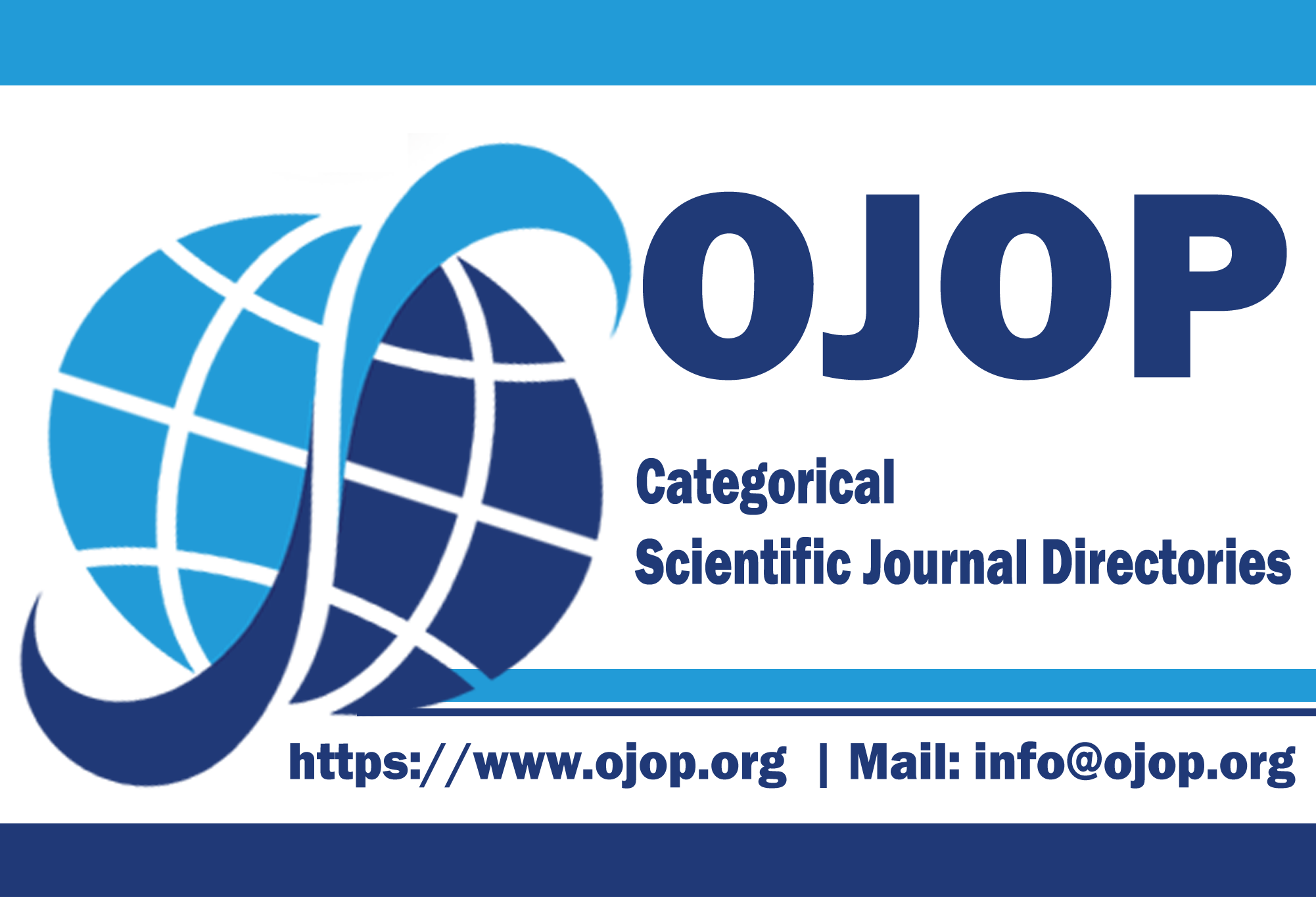Öz
The Nigeran economy is characterized by high level of public debt concurrently with persistent low economic growth. Thus, an understanding of the dynamic interation between public debt and economic growth is crucial. To this end, the current study investigate the relationship between public debt and economic growth in Nigeria between 1981 and 2014, using Vector Error Correction Model (VECM) and Granger Causality test as estimation techniques. The study extends the literature and trace a long-run equilibrium relationship between public debt and economic growth while the VECM results reveals a very slow 0.30% convergence speed toward their long-run equilibrium path with the contribution of external debt and domestic debt, The study shows a higher impact of domestic debt to external debt, implying Nigeria borrows more within from multi-national and internal financial institutions relative to foreign institutions like IMF and the world Bank. Results of the Granger causality shows an unidirectional causalty running from both domestic and external debt to real gross domestic product per capita. Given the findings emanating from the study, the following recommendations was offered first, the encouragement of domestic saving. Second, borrowed funds should be adequately plouged into viable and produtive investments with good payback that foster growth and economic development in the long-run
Anahtar Kelimeler
Ayrıntılar
| Diğer ID | JA57RA25JH |
|---|---|
| Bölüm | Araştırma Makalesi |
| Yazarlar | |
| Yayımlanma Tarihi | 1 Aralık 2017 |
| Yayımlandığı Sayı | Yıl 2017 Cilt: 1 Sayı: 1 |



